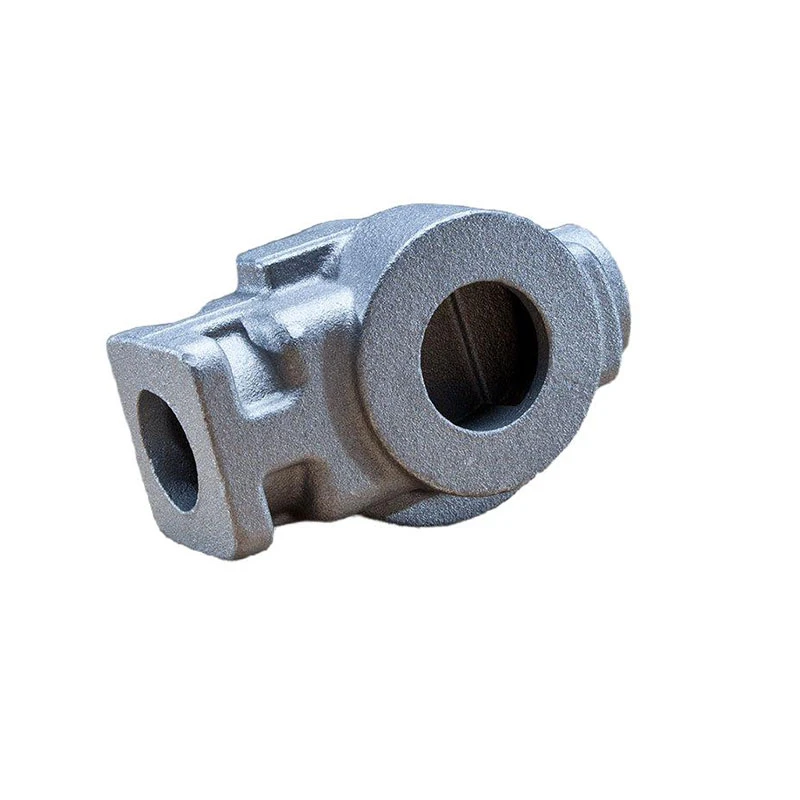Optimizing Process Parameters for Enhanced Laser Beam Machining Efficiency and Quality
Understanding Laser Beam Machining Process Parameters
Laser Beam Machining (LBM) is an advanced manufacturing process that utilizes focused laser light to remove material from a workpiece. This method offers high precision, versatility, and the ability to machine a wide range of materials, including metals, plastics, and ceramics. However, to achieve optimal results, it is crucial to understand and control the various process parameters involved in LBM. These parameters greatly influence the efficiency, quality, and overall outcome of the machining process.
Key Process Parameters
1. Laser Power The power of the laser is a fundamental parameter that directly affects the material removal rate. Higher laser power can increase the machining speed and enhance the ability to cut thicker materials. However, excessive power can lead to thermal damage, affecting the integrity of the workpiece. Therefore, it is essential to find the right balance between power and material thickness.
2. Beam Diameter The diameter of the laser beam plays a significant role in determining the precision of the machining process. A smaller beam diameter allows for finer, more intricate cuts and details, while a larger diameter may increase the material removal rate but decrease precision. Adjusting the beam diameter can help achieve the desired cutting quality based on the application.
3. Cutting Speed The speed at which the laser moves across the material is another crucial factor. Optimal cutting speed can minimize thermal distortion and improve the quality of the cut. Faster speeds may lead to rough edges or incomplete cuts, while slower speeds can result in excessive heat accumulation and melting of the material.
4. Focus Position The focus position of the laser beam influences the depth of the cut and the quality of the machined surface. Proper focusing is essential to ensure that the beam is concentrated adequately on the workpiece. Misalignment can lead to poor cutting quality and increased kerf width, resulting in undesirable outcomes.
laser beam machining process parameters

5. Assist Gas Pressure In many LBM applications, assist gases such as oxygen, nitrogen, or air are used to aid the cutting process. These gases can remove molten material from the cut, reduce oxidation, and influence the heat dissipation during machining. Adjusting the assist gas pressure and type can significantly improve cutting efficiency and surface quality.
6. Pulse Duration (for Pulsed Lasers) For pulsed laser systems, the duration of each pulse affects both the energy imparted to the material and the thermal effects. Shorter pulse durations tend to reduce the heat-affected zone (HAZ) and minimize thermal distortion, which is critical for managing delicate materials or intricate designs.
Impact on Machining Quality
The interplay of these parameters determines the overall machining quality, including surface finish, kerf width, and dimensional accuracy. Inadequate control or improper settings of these parameters can lead to defects such as rough edges, excessive heat impact, or even catastrophic failure of the machining process.
Choosing the right parameters requires a thorough understanding of the specific material being processed and the desired outcomes. It often involves experimentation and optimization to establish the ideal conditions for each application.
Conclusion
Laser Beam Machining is a powerful tool in modern manufacturing, providing unmatched versatility and precision. Understanding and controlling the critical process parameters—laser power, beam diameter, cutting speed, focus position, assist gas pressure, and pulse duration—is essential for maximizing the effectiveness of LBM. By carefully adjusting these factors, manufacturers can ensure high-quality results, reduce production times, and enhance the overall efficiency of their processes. As technology advances and materials evolve, continuous research and development in LBM parameters will be vital for maintaining its competitive edge in the manufacturing landscape.
-
OEM Sand Cast Pump Valve Fittings - Baoding Hairun | Precision Engineering, CustomizableNewsJul.30,2025
-
OEM Sand Cast Pump Valve Fittings - Baoding Hairun Machinery And Equipment Trading Co., Ltd.NewsJul.30,2025
-
OEM Sand Cast Pump Valve Fittings - Baoding Hairun Machinery And Equipment Trading Co., Ltd.NewsJul.30,2025
-
OEM Sand Cast Pump Valve Fittings - Baoding Hairun Machinery|Precision Engineering&Fluid ControlNewsJul.30,2025
-
OEM Sand Cast Pump Valve Fittings - Baoding Hairun Machinery And Equipment Trading Co., Ltd.NewsJul.30,2025
-
OEM Sand Cast Pump Valve Fittings-Baoding Hairun Machinery And Equipment Trading Co., Ltd.NewsJul.30,2025















